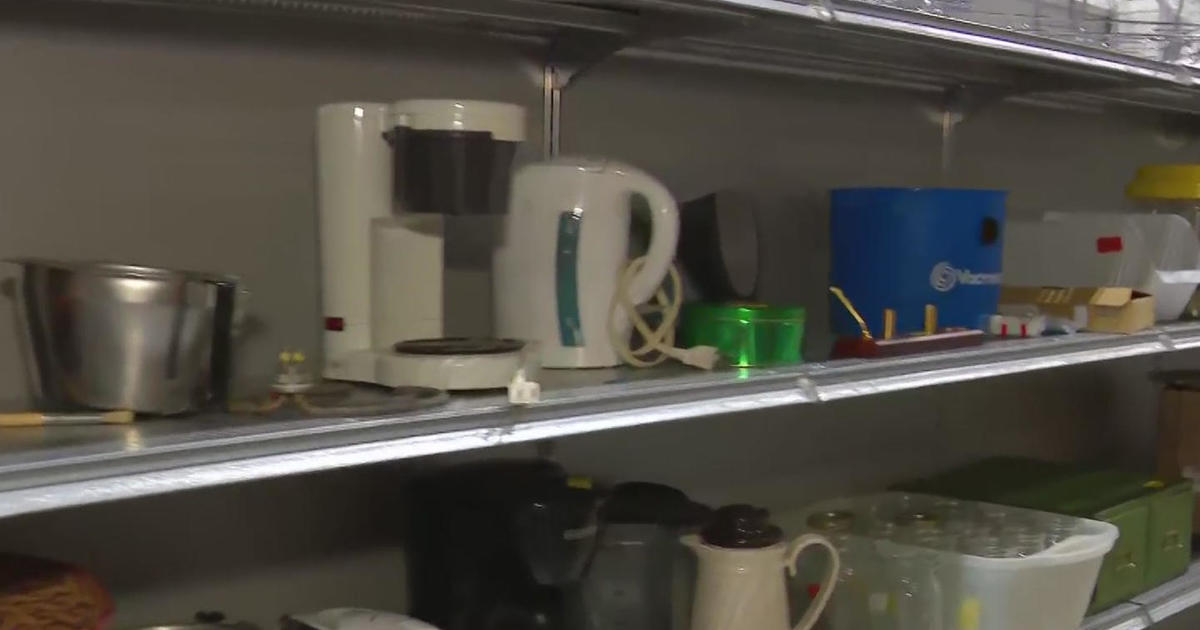Good Question: Why Do We Go Trick-Or-Treating?
MINNEAPOLIS (WCCO) -- Halloween is just a few days away, and it is estimated that more than 41 million kids will go trick-or-treating this year.
More than $2 billion will be spent on candy in the U.S., from Snickers, to Kit Kats, to Three Musketeers.
Americans celebrate a candy and costume holiday that actually began in Europe. Halloween's roots can be traced to England, Ireland and Scotland.
According to the History Channel, the Catholic Church designated Nov. 2 as All Souls' Day in 1000 A.D.
Poor people would visit wealthier families and receive "soul cakes" in exchange for a promise to pray for the homeowner's dead relatives.
In Ireland and Scotland, kids would do what's called "guising" -- dressing up in costumes and accepting fruit or coins after they told a joke or sang a song.
Eventually immigrants from those countries brought their traditions here. In the 1930s, as a way to cut down on pranks, cities across the U.S. adopted an organized trick-or-treating, cavity-inducing tradition.
Trick-or-treating took a bit of a hiatus during World War II, but afterwards, the trick-or-treating we see today became less about the tricks and more about the treats.
And since Halloween falls on a Saturday, Americans are expected to spend more than $6 billion on things like decorations and candy.



